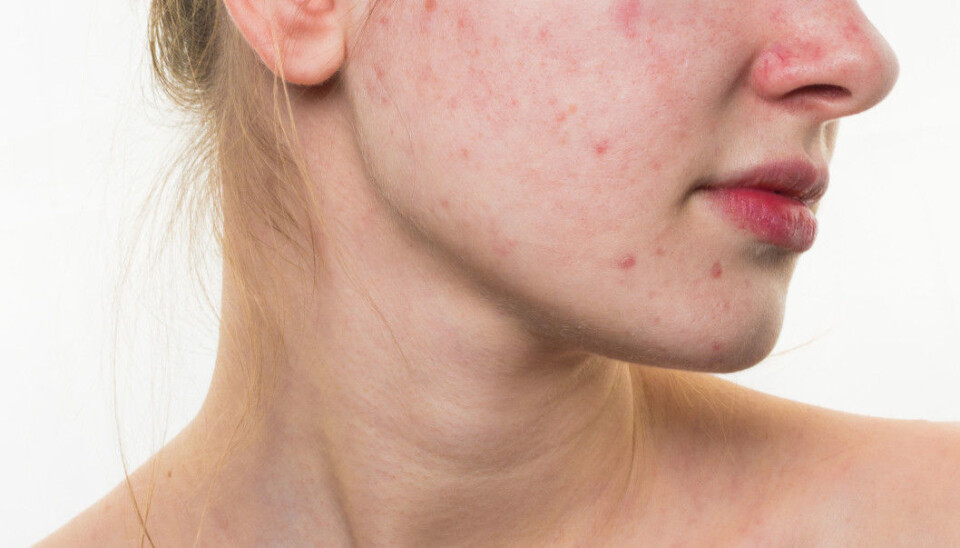
Acne bacteria survive by feasting on their hosts
Acne causing bacteria feed on a type of carbohydrate in the body, called N-glycans. It could help explain why acne can be so resistant to treatment.
Roughly 80 per cent of the world's teens suffer from acne. While scientists have conducted any number of studies on the affliction in recent years, no one has yet uncovered the exact reason for the problem.
A research group at the Royal Institute of Technology (KTH) in Stockholm may be one step closer to finding the answer.
“Our results can provide a clue to why acne is so difficult to treat,” says Christina Divne, a professor in the Department of Industrial Biotechnology at KTH in a press release.
An enzyme is the culprit
Some types of acne bacteria are more pernicious than others, the researchers say. After studying the genetic material of different acne bacteria, they discovered that the main problem is one particular enzyme.
The enzyme helps to break down a type of carbohydrate in the body, called N-glycans, which in turn can modify the body's proteins.
The carbohydrates help make sure that certain proteins have the correct structure, and thus the correct function.
Consequently, if the enzyme identified by the researchers takes control, it can disrupt the process.
Divne says this may be because the enzyme helps the acne bacteria feed off the body’s N-glycans, or because it may help disrupt the body’s defense against the acne bacteria.
Combating severe acne
Henrik Aspeborg, a researcher in Industrial Biotechnology at KTH and part of the research group behind the study, says little is known about how the acne bacteria break down carbohydrates and metabolize them.
He believes, however, that research is on the right track.
"In a few years, when we hopefully have a more complete picture of how the acne bacteria metabolizes our N-glycans, we will be in a great position to fight back against serious forms of acne,” he says in the KTH press release.



































